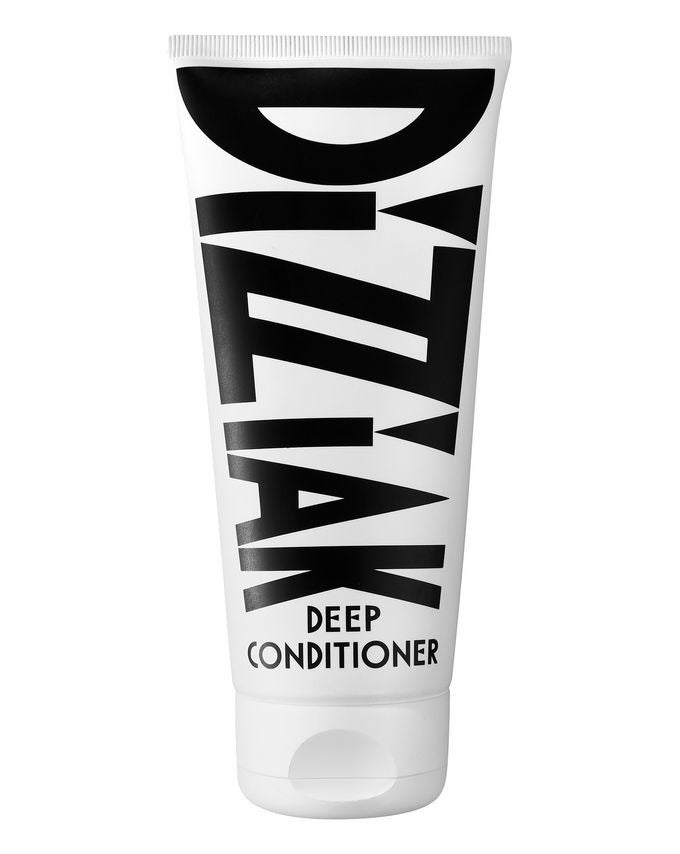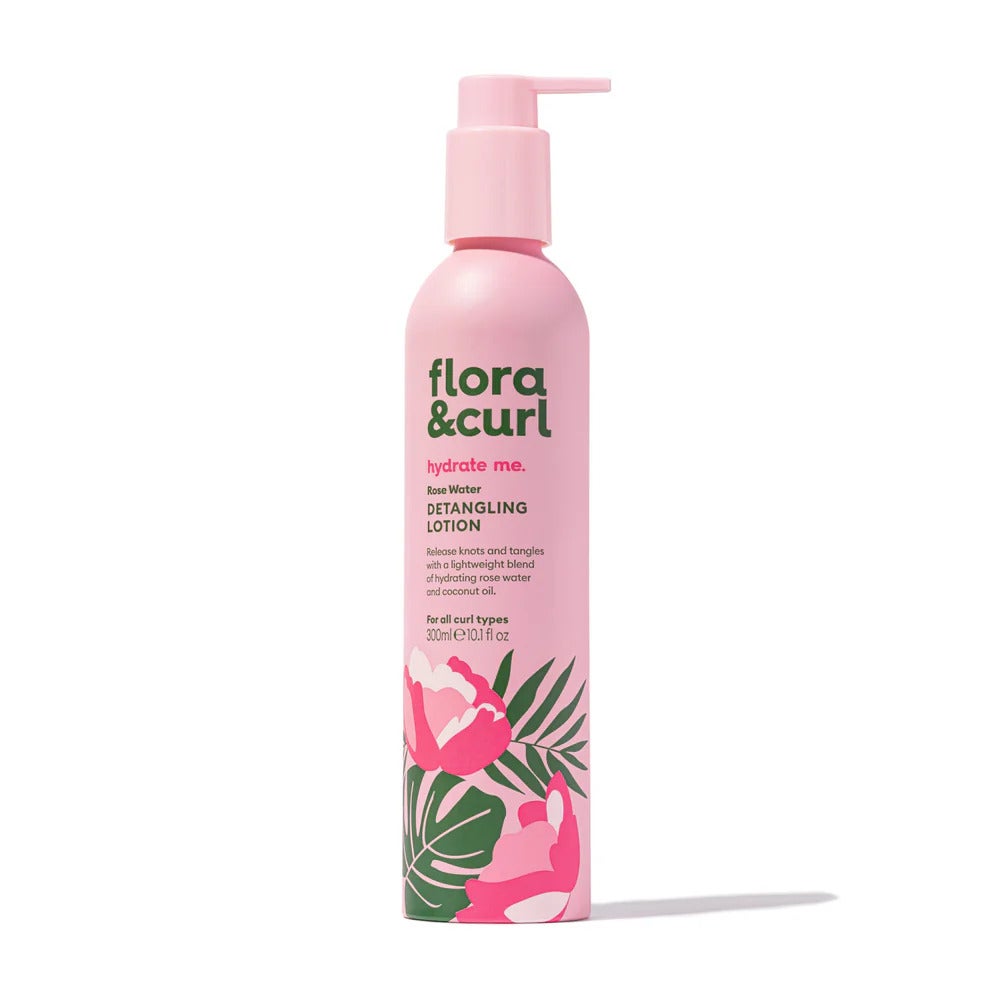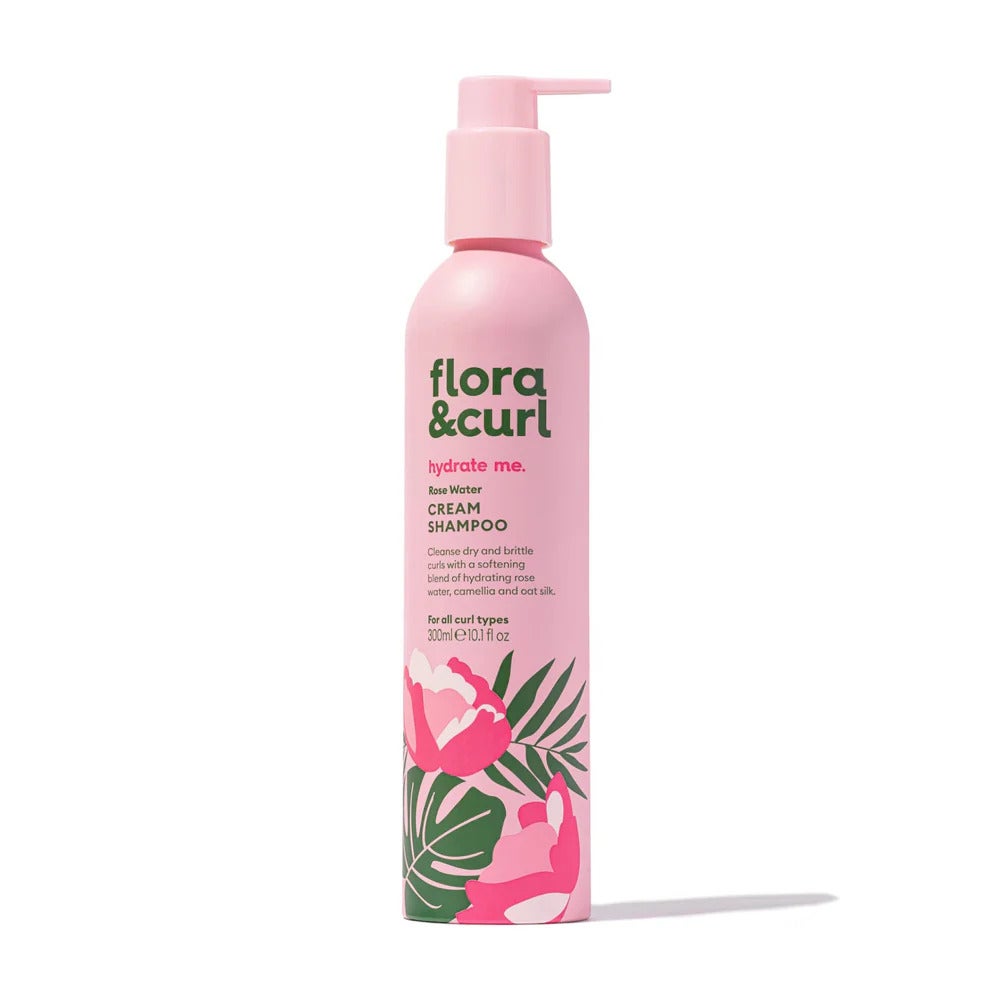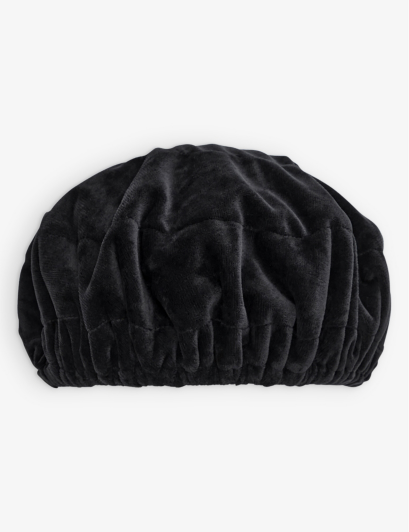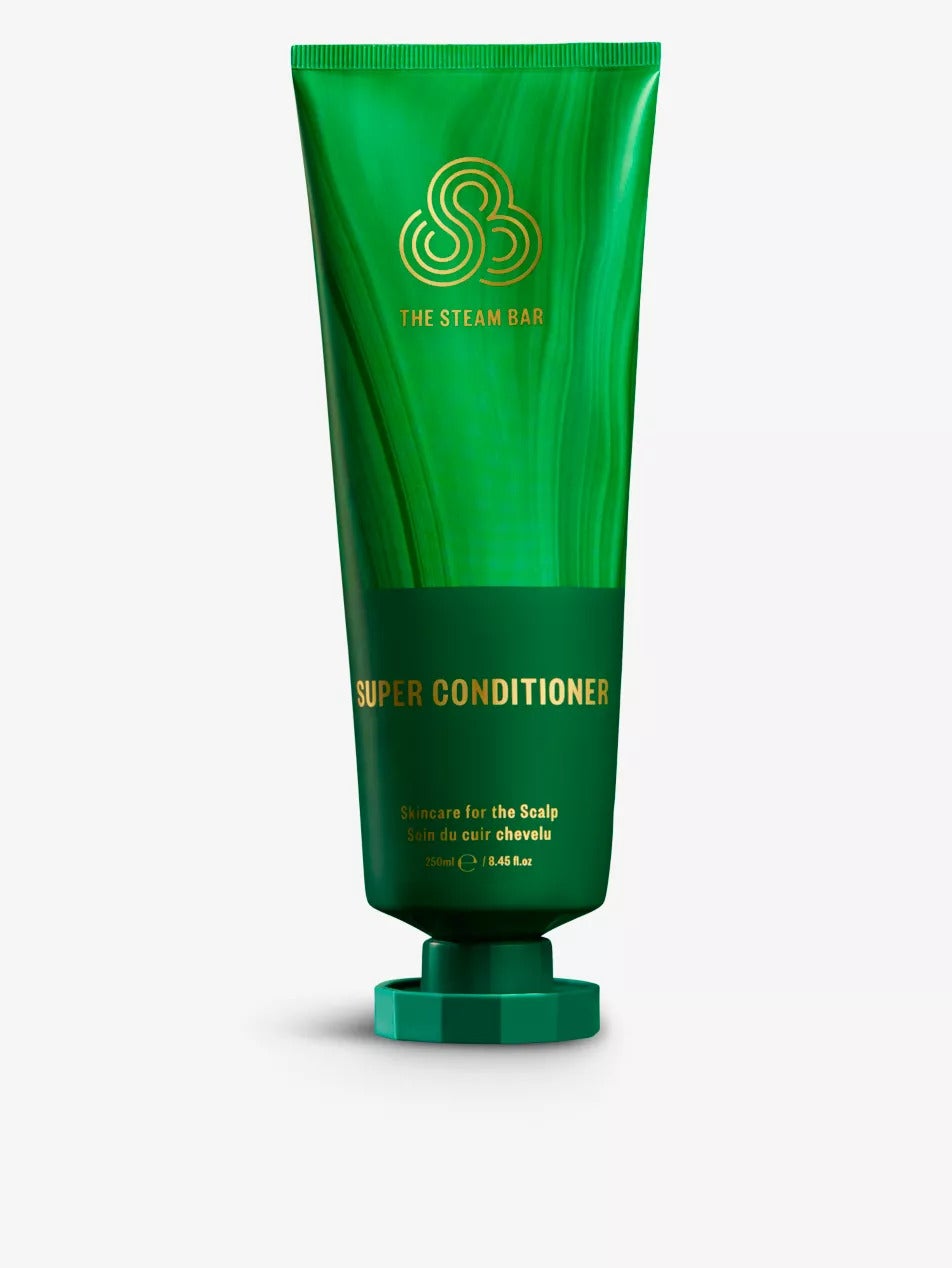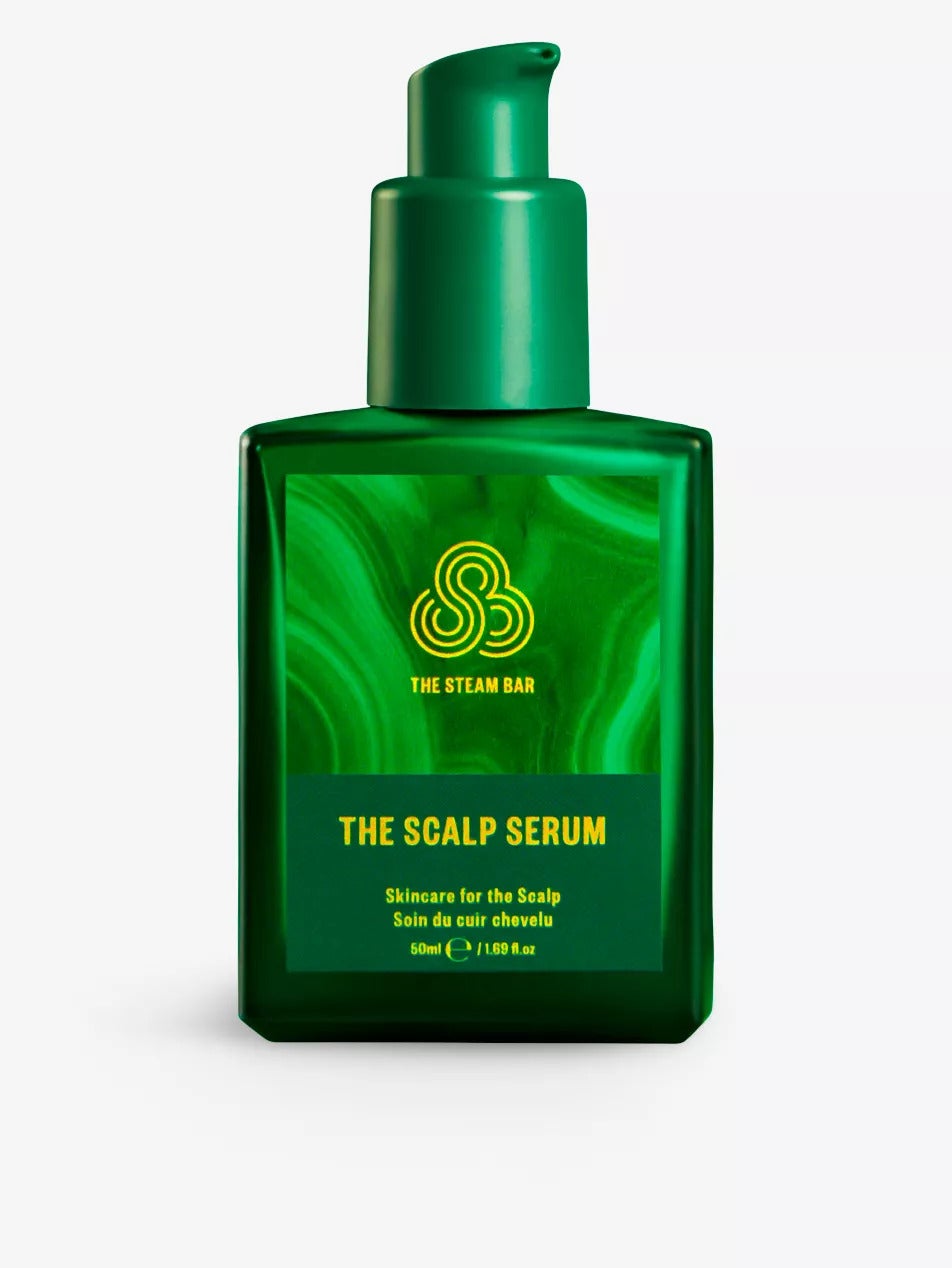At Refinery29 Australia, we’re here to help you navigate this overwhelming world of stuff. All of our picks are independently selected and curated by the editorial team, but we may earn commission or other compensation from the links on this page.
Earlier this year, I came across a blog post entitled “How Hair Steaming Changed My Life” by writer Jane Lebaron, who claimed that not only did hair steaming — the process of using moist heat to help open up the hair follicles — help make her natural curls more manageable but also strengthened and protected her hair from breakage. “My natural hair game has completely transformed ever since I got introduced to hair steaming,” she wrote. Admittedly, I initially doubted her lengthy list of claims because, well, it’s my job to be sceptical of anyone who makes promises of hair miracles.
AdvertisementADVERTISEMENT
The hair steamer is a ubiquitous feature of Black hair salons and many people with textured hair have spent time under the hood of a large steamer contraption (or in their bathroom with a plastic bag wrapped tightly around their hair covered in oil). I’ve always considered a hair steaming treatment an enjoyable, relaxing hair treat, and not necessarily a regularly scheduled part of my hair regime. However, after speaking to experts — from trichologists to hairstylists, to Black hair product founders — there are many virtues of regular hair steaming, from preventing breakage and hair loss to helping hair become more manageable. Had I underestimated the healing power of hair steaming in Black and textured hair care? I ask because, for the last few years, I’ve been sleeping on hair steaming in my hair routine and I think my hair (dry, brittle, tangles easily and hasn’t grown past my shoulders in years) has suffered as a result.
What exactly happens during hair steaming?
So, what exactly has my hair been missing since I’ve been skipping my hair-steaming treatments? What happens to our hair when we steam it and how does it promote scalp and hair health? “When we steam the hair and scalp the moist heat from the steam will open the cuticle to allow the moisture to enter the cortex, (protein fibre) of the hair,” explained consultant trichologist, Eva Proudman, a hair and scalp specialist with over 20 years’ experience. “The hair is made up of 10% water and it is often dehydration that causes dry dull brittle hair so, as such, the steam is a great way to counteract this. Steaming will also really help to ‘decongest’ the scalp,” she added. Proudman explained to Refinery29 that hair steaming when used in conjunction with a deep conditioning mask or therapy ointment has the potential to help give hair added hydration and cleansing. Rose Ovensehi, Textured Hair Specialist and founder of natural hair brand Flora & Curl also extolled the virtues of hair steaming and explained, “[Hair steaming] allows for better absorption of treatments, oils, and masks and helps them to penetrate deeper into the hair fibre for maximum hydration and moisturisation. The process causes the cuticle to gently swell and lift to then become deeply infused with water and treatments.”
AdvertisementADVERTISEMENT
“Steaming the scalp also helps to remove built-up skin cells and improve blood flow and circulation for hair growth,” adds Proudman. “It is one of the best, most beneficial things you can do for your hair — our hair is always being exposed to natural elements such as harsh weather, temperature changes and central heating which can often lead to dry and brittle hair and so the steam helps to replenish and rejuvenate tired strands.”
Why is hair steaming a great technique for Black hair types?
While hair steaming is used for all hair types, there are a host of reasons why hair steaming plays an intrinsic role in Black hair salons and hair care — and it’s not just because it feels good, the process does a lot of good too, as Proudman explained: “Afro hair grows from an oval follicle in a coiled elliptical shape which makes the hair more fragile and prone to breakage and damage of the cuticle — the outer, protective layer of the hair.” “Regular steaming does help to keep the hair well hydrated, stronger and easier to manage,” she added.
It’s probably no surprise to anyone with afro-textured hair that afro hair can become easily dehydrated, leading to breakage, especially during the winter months. Recommendations from experts typically are to add more moisture and experts say streaming can help. Rose Ovensehi agrees that hair steaming is especially good for promoting moisture in coily hair types. “Each strand of hair contains an oil gland and therefore textured hair receives less moisture and nourishment due to the lack of oil. So, hair steaming is great for this hair type as it helps to moisturise the scalp and keep all hair strands healthy. Hair steaming opens the pores of the scalp to remove impurities and product build-up which is great for textured hair too as this hair type.”
AdvertisementADVERTISEMENT
What is the best way to steam your hair at home?
For me, the best part of hair steaming is just how simple it can be (for those of us who’ve tried the plastic bag technique, you’ll likely know what I mean) and hair steaming can easily be at-home treatment as much as it is a salon failsafe. “You can steam your hair at home with steam from your shower or bath with a heated towel,” explains Ovensehi. “If completing the process at home, wash your hair with a nourishing shampoo and then apply a generous amount of conditioner or a nourishing conditioning treatment,” she adds. The hair expert suggests using a moisturising hair mask, such as Flora & Curl’s Rose Water Molasses Moisture Mask from the Hydrate Me range, to help rescue dry and damaged curls. “Then, cover your hair with a plastic cap and wrap it with a hot towel. Make sure to use a gentle, microfibre anti-frizz hair towel when wrapping to ensure that all curls are protected and revived.”
“There isn’t an exact science to how long you should leave the steam on for – it all depends on how much hydration your hair needs,” adds Ovensehi. “If your hair is relatively healthy and nourished then 15 minutes should be perfect but if you need deeper moisture then I would recommend 30-45 minutes. After the steam is complete, a deep clean takes place to remove any impurities or oils that have been lifted to the surface. Then to finish, a nourishing conditioning treatment or mask will be applied to seal all of the nutrients in.”
AdvertisementADVERTISEMENT
Are there any risks to hair steaming treatments?
If you get a little over-zealous when it comes to skin and hair care, you may be wondering if there is a thing of too much hair steaming. After all, it’s a process that requires heat and, the jury’s still out on whether there’s ever a healthy way to use heat on fragile Black hair. “Steaming shouldn’t damage your hair, however, don’t over-steam it — 20-30 minutes is plenty of time for a treatment session,” explains Proudman. “Spending longer than this under the steamer won’t make products penetrate any better and the excessive heat could in the long term be detrimental to the hair cuticle,”
“Excessive heat can damage follicles and result in dehydrated strands and scalp. If you are suffering from any severe scalp concerns then you should avoid steaming unless advised and supervised by a professional,” Ovensehi added. “It is very important to pay attention to your scalp health before steaming — if you have any scabs or sores then don’t steam your hair. These scabs may have skin cells healing underneath so steaming them could be detrimental to your hair health in the long term.”
How often should someone with textured hair steam their scalp?
“How often you should complete the steaming process depends on the overall condition of your hair,” confirms Ovensehi. “If your hair is relatively healthy then I would recommend steaming once a month. If your hair is in urgent need of hydration then I would recommend steaming every 7-12 days — never complete more than this as steaming your hair too often can cause minor damage.”
AdvertisementADVERTISEMENT
Is hair steaming an underestimated part of Black hair care?
Right now in the Black hair care space, there are many prevalent conversations about moisture (read: water) and how we can and should ensure our hair and scalps receive enough of it to stop common issues such as breakage, clogged hair follicles and dry scalp. For many hair experts and trichologists, it’s meant reiterating the importance of regular hair washing (in and out of protective hair styling) and divesting from just using hair oils to achieve shiny, healthy hair (a contentious topic in itself). This very discussion has seen the formulation of far more Black hair products and Black hair salons that promote scalp care and the necessity of hair health rather than just hair styling. So where does hair steaming come into all of this?
“The emphasis never seems to be on our scalp when it comes to [Black hair care] — yet the scalp is where we experience most trauma and continue to see stress and abuse at the crown,” explained Black hair entrepreneur Judy Koloko over Zoom. Koloko is in the process of introducing a new salon The Steam Bar to Selfridges department stores in the UK in early 2024. The upcoming salon will focus on the art of hair steaming and scalp care for afro-textured hair. “You will be met by the ‘Steam Queens’, these are the fantastic women who will work in the salon,” Koloko described. “They will be trained in the physiology of textured and natural hair by a trichologist who is a director at the College of Trichology. He's put together a bespoke training programme for our steam queens, they will have real knowledge and insight on what's going on with the crown in the scalp of our community.” As part of the salon’s pending launch, she’s introduced a range of premium hair products also named The Steam Bar that promote scalp health. “I [always] felt my scalp felt great after [steaming],” said Koloko. “I felt that I was looking after my scalp and honouring my crown. Whether you're doing it in a hair salon, when you sit under the contraction, or you do it at home you have to be present.”
AdvertisementADVERTISEMENT
With many other brands embracing the idea of “skinification of haircare” — hair products containing popular skincare ingredients that encourage scalp health — the entrepreneur and CEO wanted to bring it to the textured hair care space, with hair steaming at its centre. “So the concept came from an old ritual [hair steaming] that I've done for many years because it’s the least you can do for your crown.”
“The scalp is always an afterthought, people always just think I need the hair to look good, they don't realise that you need to create a healthy foundation. Instead, let’s start at the root. Let's go to where [the hair journey] all begins. And make sure that we're so good here and then hopefully, we will be promoting hair health.”
Want more? Get Refinery29 Australia’s best stories delivered to your inbox each week. Sign up here!
AdvertisementADVERTISEMENT







